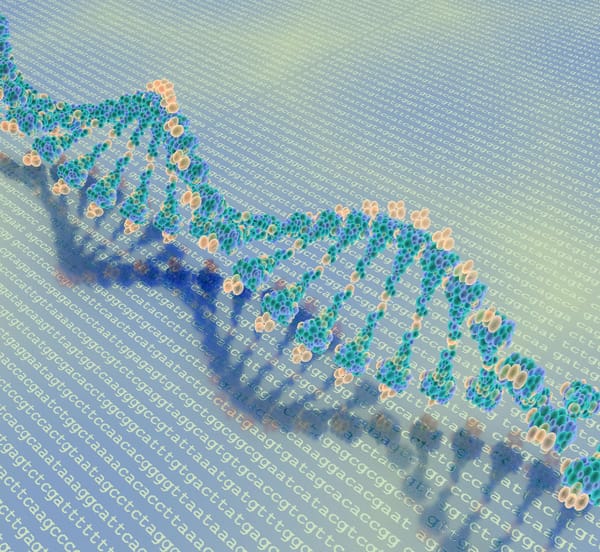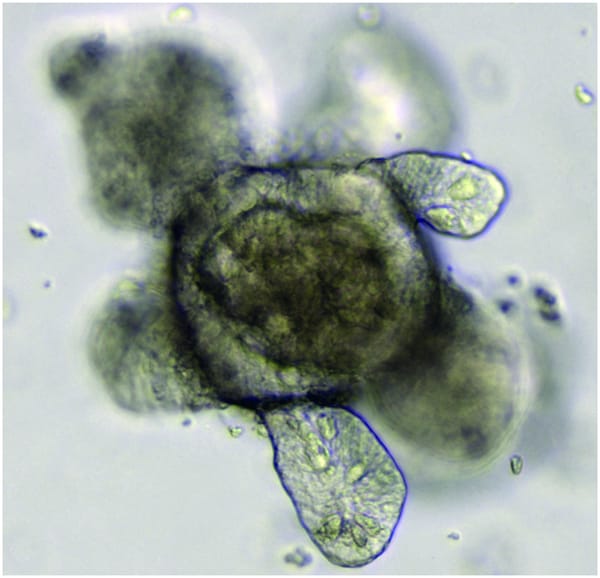The upcoming hair dye revolution
How techniques used in the pharmaceutical industry can pave a new route towards greener, safer hair dyes.

My aunt recently dyed her hair black, claiming that it would make her look younger. While her statement is highly debatable, it is certain that fashion consciousness is on the rise, leading to the growth of the hair dyeing industry. However, except for the chemists amongst us, people rarely put much thought into hair dyes. Why should we?
Firstly, there is much more science involved in this industry than you might imagine! Permanent dyes work by coupling precursors with various molecules, so the resultant coloured compounds are trapped in the hair and are resistant to shampoo removal. On the other hand, temporary dyes simply bond to the surface of hair fibres, so they are easily removed by shampoos. Whilst I appreciate not all readers are science enthusiasts, the newly generated Hair Dye Substance Database (HDSD) is equally fascinating to all – it has opened the door to designing greener and safer hair colourings.
Although hair dyes are relatively safe, this multi-billion-pound industry constantly tries to improve their products by screening for chemicals that may cause allergies. Some chemicals in hair dyes have also been linked to water pollution, so sustainable and safer compounds are always needed. However, the research and development process can be lengthy and expensive, and this is where the database developed by the North Carolina State University can help.
The HDSD is a publicly accessible database that allows scientists to harvest the power of computers to minimise the experimental work required to develop alternative hair dyes. This method, where informatical techniques are used to understand problems of chemistry, is known as ‘cheminformatics’.
Cheminformatics is widely used in the pharmaceutical industry to discover new drugs, but little research has been done to investigate its potential in the hair colour industry. Hence, the research group in North Carolina creating the HDSD via the compilation of 313 hair dye substances. The past and current commercial formulations of these compounds were curated and classified according to their structural and physiochemical characteristics. By employing an appropriate structural-property model, the HDSD could help scientists predict toxicity, or skin sensitivity of different compounds. In short, by manipulating and analysing the large database of information, scientists can filter out the irrelevant molecules early on, and focus resources on the more promising targets. Thereby, the development of new hair colouring products can be faster, cheaper, and more reproducible.
Nevertheless, there are limits to this technology. The computational models may not be able to discriminate strong/weak sensitizers, and the solvent interaction cannot yet be fully simulated, thus the accuracy of the prediction is not completely perfect. Yet, this study showed cheminformatics analyses are a promising way for a new dye design. Furthermore, scientists can start to modify structures in the dye precursors to generate novel hair colourings with desirable qualities. If proven successful, a similar methodology could be used in designing other types of dyes too.









